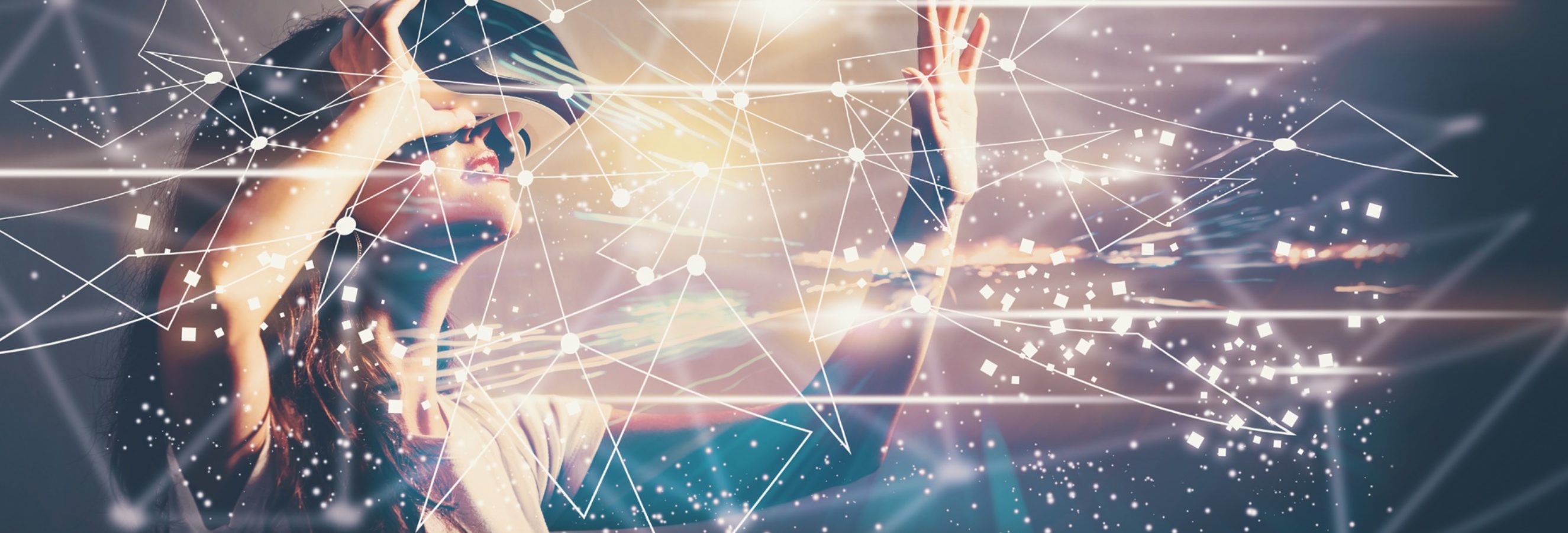Using virtual reality for marketing research: should we get excited?
If you’re unfamiliar with virtual reality (VR), it’s a head mounted device that when worn, immerses the user in a virtual world using computer simulation. In research terms, think of the joining of the web based and traditional face-to-face research worlds.
Here’s a few advantages of VR over traditional research methods.
Participant Engagement – VR is a great experience from a respondent standpoint because it has high novelty and engagement. Respondents are generally more involved with the study and can see their input and value more directly.
Better Insights – due to the 3D nature of VR, it has a higher presence (an increased sense of the subject being present) than studies done with 2D images. This leads to heightened interaction, a higher level of brain activity and consequently deeper insights from participants.
So, what are some of the market research applications for VR?
- Spatial Experience Testing – VR makes it possible to get feedback on the spatial element of a customer experience by creating virtual environments. Perfect for a new store layout or testing to see how a new display would look in store. A virtual store could also be built to improve the shop-ability and navigation of store aisles. When combined with eye tracking, VR can measure how well different elements are breaking through in store.
- Rapid Prototyping – virtual product mock-ups can be developed at the early stages of the design process for any product, reducing the cost and chance of failure before going to market. This could also be applied to testing signage where signs could be evaluated before they are produced, resulting in huge cost savings.
- Controlled Environment – Context is very important in any research study. Using VR, the researcher can control variables such as the time, task type, weather and presence of other people.
- Projective Tasks – participants find it much easier to imagine themselves in a different scenario when immersed in a 3D environment.
- E-commerce – Instead of browsing a series of pages online, consumers could use virtual realities to have a more realistic online shopping experience. This could result in more sales of impulse products given that seventy percent of e-commerce trips are to buy one item.
Explorer has partnered with Tobii and uses eye tracking in all our VR studies. This approach allows us to measure what is being seen and what is breaking through in the environment.
The obvious drawbacks to VR include cost, not so much for the headsets, but more so for the complex programming that is involved to create the virtual environments. VR is also unrealistic in certain situations where a more holistic approach is required. For instance, it would be hard to get feedback on a car prototype if it can’t be physically felt.
In conclusion, the future of VR is very bright as the cost will continue to decrease. It could be the perfect merger between online and face-to-face research methods.
Anne Stephenson
Chief Growth Officer, Explorer Research


